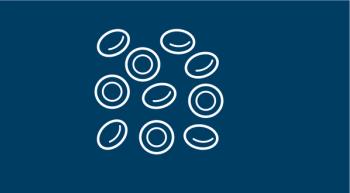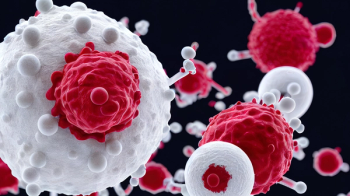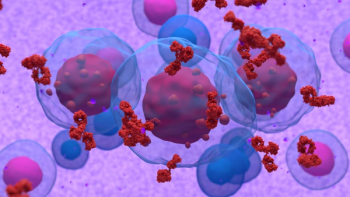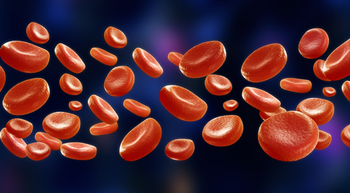
Pay Inequity in Nursing is Nothing New: A Special Commentary
"Male nurses are found to earn about $5,000 more than female colleagues." (Not quite) shocking news!
Jean C. Whelan, PhD, RN
“Male nurses are found to earn about $5,000 more than female colleagues.” (Not quite) shocking news! A recently released
Although, reports on the findings indicated some astonishment that pay gaps based on sex exist in nursing, historians of nursing workforce issues are not surprised. Pay inequity in nursing has existed for over a 100 years so it is not a new phenomenon. Understanding the history of sex-based pay inequities in nursing requires a look back at the origins of professional nursing as an occupation and the complexities of nurse compensation.
Modern professional nursing began in the later decades of the 19
th century. Early nurses generally worked in the
hired by patients to deliver care, at first in the patient’s home and then when hospital care became more normative in the hospital. The method used to determine private duty fees is somewhat obscure but by the turn of the 20thcentury the establishment of a set fee within a locality became normative. Private duty nurses in 1900 earned about $20-25 a week or $5 a day. By the late 1920s, private duty nurses in large cities averaged about $6-7 a day. Except that not all nurses earned the same rate. Nurses who were men earned $1 a day more than nurses who were women (New York Central Registry).
Reasons given for pay discrepancies tended to cluster around stereotypical notions of the differences between men and women.Male nurses often cared for patients suffering from psychiatric disorders and substance abuse problems. In an era when few sedating therapies existed for physically aggressive patients who might endanger themselves and others, the presumed superior strength of a male nurse was considered worthy of an extra dollar a day. This was most likely annoying to female nurses who simply because there were more of them cared for the vast majority of patients who might require restraining. Nurses who were men also specialized in cases of male patients with genitourinary problems, earning more money. Presumably, female nurses were willing to let men earn higher fees taking care of such patients so that they wouldn’t have to face touching male patients’ private parts, a dubious presumption. In some areas, nurses who were men were able to establish a monopoly over particular cases. New York City was home to the all-male Bellevue Hospital affiliated
Although most reasoning surrounding higher fees for male nurses appeared specious the practice continued. Historian
Private duty nursing eventually went into eclipse and nurses began moving into hospital employment as their predominant occupational field. Still, as this most recent study demonstrates pay inequity for nurses based on gender persists. Pay inequality between men and women is a national problem, one that applies not just to nurses but to all workers. Women continue to earn significantly less than men across the board. According to the Institute for Women’s Policy Research, women earn only 78 cents for every dollar a man
This blog post originally appeared on the
Newsletter
Knowledge is power. Don’t miss the most recent breakthroughs in cancer care.
















































































